Home>Gardening & Outdoor>Pool & Spa Care>What If I Put Too Much Chlorine In My Hot Tub
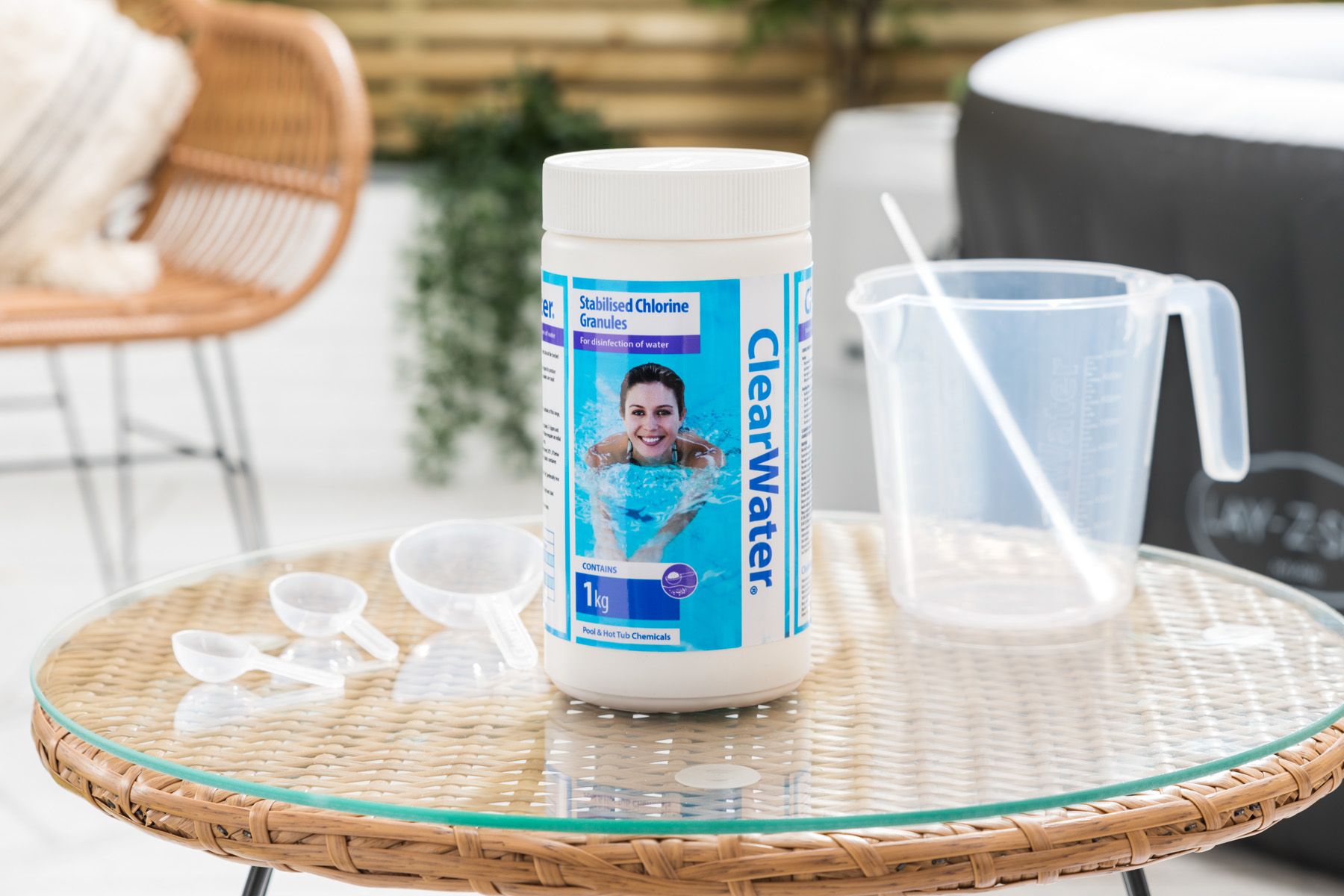

Pool & Spa Care
What If I Put Too Much Chlorine In My Hot Tub
Published: December 29, 2023
Learn how to avoid putting too much chlorine in your hot tub with our expert pool and spa care tips. Keep your water clean and safe for enjoyable relaxation.
(Many of the links in this article redirect to a specific reviewed product. Your purchase of these products through affiliate links helps to generate commission for Storables.com, at no extra cost. Learn more)
Introduction
Owning a hot tub is a luxurious and enjoyable experience, offering a sanctuary for relaxation and rejuvenation. However, maintaining the proper chemical balance in your hot tub is crucial for both the longevity of the equipment and the health of those who use it. Chlorine is commonly used to sanitize hot tub water, effectively killing harmful bacteria and ensuring a safe and hygienic environment. While the presence of chlorine is essential, there is a fine line between the right amount and an excessive concentration. In this article, we will explore the potential consequences of putting too much chlorine in your hot tub and provide valuable insights into how to address and prevent this issue. Understanding the risks and implications of over-chlorination is pivotal for every hot tub owner, as it empowers them to maintain a safe and enjoyable soaking experience. Let's delve into the world of hot tub care and uncover the impact of excessive chlorine levels.
Key Takeaways:
- Over-chlorination in a hot tub can damage its components and cause skin, eye, and respiratory irritation. Regular testing and corrective measures are essential to maintain a safe and enjoyable soaking experience.
- To correct over-chlorination, owners can dilute water, use neutralizers, aerate, and seek professional guidance. Prioritizing maintenance and proactive adjustments ensures a balanced and welcoming hot tub environment.
Read more: How Much Chlorine Do I Put In My Hot Tub
Understanding the Risks of Excessive Chlorine
While chlorine is a vital component for maintaining the cleanliness of hot tub water, excessive levels can pose significant risks to both the hot tub components and the individuals using the tub. When the chlorine concentration surpasses the recommended levels, it can lead to corrosive effects on the hot tub’s infrastructure. The excessive presence of chlorine can erode the seals and gaskets, damage the pump and heater, and even cause discoloration or degradation of the hot tub’s surfaces. Moreover, high chlorine levels can also result in an unpleasant odor and cause skin and eye irritation for those soaking in the tub.
Additionally, over-chlorination can lead to the formation of chloramines, which are chemical compounds formed by the reaction of chlorine with organic substances such as sweat, oils, and urine. Chloramines not only produce a strong, unpleasant odor, but they can also cause respiratory issues and skin irritation. Furthermore, excessive chlorine levels can compromise the effectiveness of the sanitizer, as the chlorine becomes less efficient in killing bacteria and maintaining water clarity.
Understanding the risks associated with over-chlorination is essential for hot tub owners, as it underscores the importance of diligently monitoring and maintaining the appropriate chlorine levels. By being aware of these potential risks, hot tub enthusiasts can take proactive measures to prevent the detrimental effects of excessive chlorine and ensure a safe and enjoyable soaking experience for themselves and their guests.
Potential Effects on Hot Tub Components
Excessive chlorine in a hot tub can have detrimental effects on various components of the system. The corrosive nature of high chlorine levels can lead to damage and deterioration, impacting the functionality and longevity of essential hot tub elements.
- Seals and Gaskets: The rubber seals and gaskets within the hot tub are vulnerable to degradation when exposed to excessive chlorine. Over time, this can result in leaks and inefficiencies, leading to costly repairs and potential water damage.
- Pump and Heater: The mechanical components of the hot tub, including the pump and heater, can suffer from accelerated wear and tear due to over-chlorination. This can diminish their performance and require premature replacement, adding to the overall maintenance expenses.
- Surfaces: The surfaces of the hot tub, including the interior shell and exterior materials, can experience discoloration and deterioration when subjected to high chlorine levels. This not only affects the visual appeal of the hot tub but also compromises its structural integrity.
It is important for hot tub owners to recognize that the potential effects of excessive chlorine on these components can impact the overall functionality and safety of the hot tub. Regular monitoring of chlorine levels and proactive maintenance can help mitigate these risks and preserve the integrity of the hot tub system.
To lower chlorine levels in your hot tub, you can add a chlorine neutralizer or use hydrogen peroxide. Be sure to test the water before and after to ensure the levels are safe.
Health Risks Associated with Over-Chlorination
Over-chlorination in a hot tub can pose significant health risks for individuals who use the facility. While chlorine is essential for sanitizing the water and preventing the growth of harmful bacteria, excessive levels can lead to various health concerns.
Skin Irritation: High concentrations of chlorine can cause skin irritation, leading to discomfort and potential allergic reactions for hot tub users. Prolonged exposure to over-chlorinated water can result in dryness, itching, and redness of the skin, detracting from the relaxing experience of using the hot tub.
Eye Irritation: Excessive chlorine levels can also lead to eye irritation, causing redness, burning, and discomfort for individuals soaking in the hot tub. This can detract from the enjoyment of the experience and may lead to reluctance in using the hot tub altogether.
Respiratory Issues: The formation of chloramines due to over-chlorination can result in respiratory problems, particularly for individuals with pre-existing conditions such as asthma or allergies. Inhaling chloramine vapors can lead to coughing, wheezing, and discomfort, impacting the overall well-being of hot tub users.
General Discomfort: The presence of excessive chlorine and chloramines can create an unpleasant environment, leading to discomfort and dissatisfaction for individuals using the hot tub. This can diminish the relaxation and therapeutic benefits typically associated with hot tub usage.
Recognizing the potential health risks associated with over-chlorination underscores the importance of maintaining the appropriate chlorine levels in a hot tub. By prioritizing the well-being of hot tub users and implementing measures to prevent excessive chlorine, owners can ensure a safe and enjoyable soaking experience for themselves and their guests.
Steps to Correct Over-Chlorination
Correcting over-chlorination in a hot tub is essential to restore the chemical balance and ensure a safe and comfortable environment for users. When faced with excessive chlorine levels, hot tub owners can take proactive steps to rectify the situation and prevent potential health and equipment risks.
1. Water Dilution: One of the most immediate and effective measures to reduce chlorine concentration is to dilute the water in the hot tub. Draining a portion of the water and refilling it with fresh water can help lower the chlorine levels and restore the chemical balance. It is important to test the water periodically to monitor the chlorine concentration and adjust as needed.
2. Use a Neutralizer: Chemical neutralizers, specifically designed to reduce chlorine levels, can be added to the hot tub water to counteract the excessive chlorine. These products help to stabilize the chlorine content, bringing it to a suitable range for safe and comfortable use. Following the manufacturer’s instructions is crucial when using neutralizing agents.
3. Aeration and Oxidation: Aeration, achieved by running the hot tub’s jets or using an air pump, can help dissipate excess chlorine from the water. Additionally, oxidation with non-chlorine shock treatments can aid in breaking down chloramines and reducing the overall chlorine content. These methods promote the restoration of a healthy and balanced hot tub environment.
4. Regular Testing and Maintenance: Implementing a consistent testing and maintenance routine is vital for preventing over-chlorination in the future. Regularly testing the water’s chemical levels, including chlorine, pH, and alkalinity, allows for proactive adjustments and ensures that the hot tub remains in optimal condition for safe and enjoyable use.
5. Seek Professional Guidance: In cases where over-chlorination persists or poses challenges, seeking guidance from a professional pool and spa care provider can offer valuable insights and solutions. Experienced professionals can assess the situation, provide targeted recommendations, and assist in restoring the hot tub to its ideal chemical balance.
By following these steps and adopting a proactive approach to hot tub maintenance, owners can effectively correct over-chlorination and safeguard the well-being of hot tub users while preserving the longevity of the equipment. Maintaining a balanced and healthy hot tub environment contributes to a positive and enjoyable soaking experience for all.
Read more: How Much Chlorine Should I Put In My Hot Tub
Conclusion
Understanding the implications of over-chlorination in a hot tub is paramount for every owner invested in providing a safe and enjoyable soaking experience. Excessive chlorine levels not only pose risks to the components of the hot tub but also jeopardize the health and comfort of individuals using the facility. By recognizing the potential effects of over-chlorination and taking proactive measures to address and prevent this issue, hot tub owners can uphold a harmonious balance of chemical levels and ensure a welcoming environment for relaxation and rejuvenation.
It is essential for hot tub enthusiasts to prioritize regular maintenance, diligent water testing, and proactive adjustments to prevent over-chlorination. Implementing corrective measures, such as water dilution, chemical neutralization, aeration, and regular testing, empowers owners to maintain the appropriate chlorine levels and preserve the integrity of their hot tub. Additionally, seeking professional guidance when encountering persistent challenges with over-chlorination can provide valuable support and expertise in restoring the chemical balance of the hot tub.
Ultimately, the well-being and satisfaction of hot tub users are at the core of addressing over-chlorination. By fostering a safe and comfortable environment through conscientious maintenance and corrective actions, hot tub owners can create a space where relaxation, rejuvenation, and enjoyment thrive. Embracing a proactive and informed approach to hot tub care ensures that the benefits of this luxurious amenity are maximized, enhancing the overall experience for all who indulge in its tranquil waters.
With a commitment to maintaining optimal chemical balance and a dedication to the well-being of hot tub users, owners can navigate the challenges of over-chlorination with confidence, preserving the allure and benefits of their cherished hot tub oasis.
Frequently Asked Questions about What If I Put Too Much Chlorine In My Hot Tub
Was this page helpful?
At Storables.com, we guarantee accurate and reliable information. Our content, validated by Expert Board Contributors, is crafted following stringent Editorial Policies. We're committed to providing you with well-researched, expert-backed insights for all your informational needs.
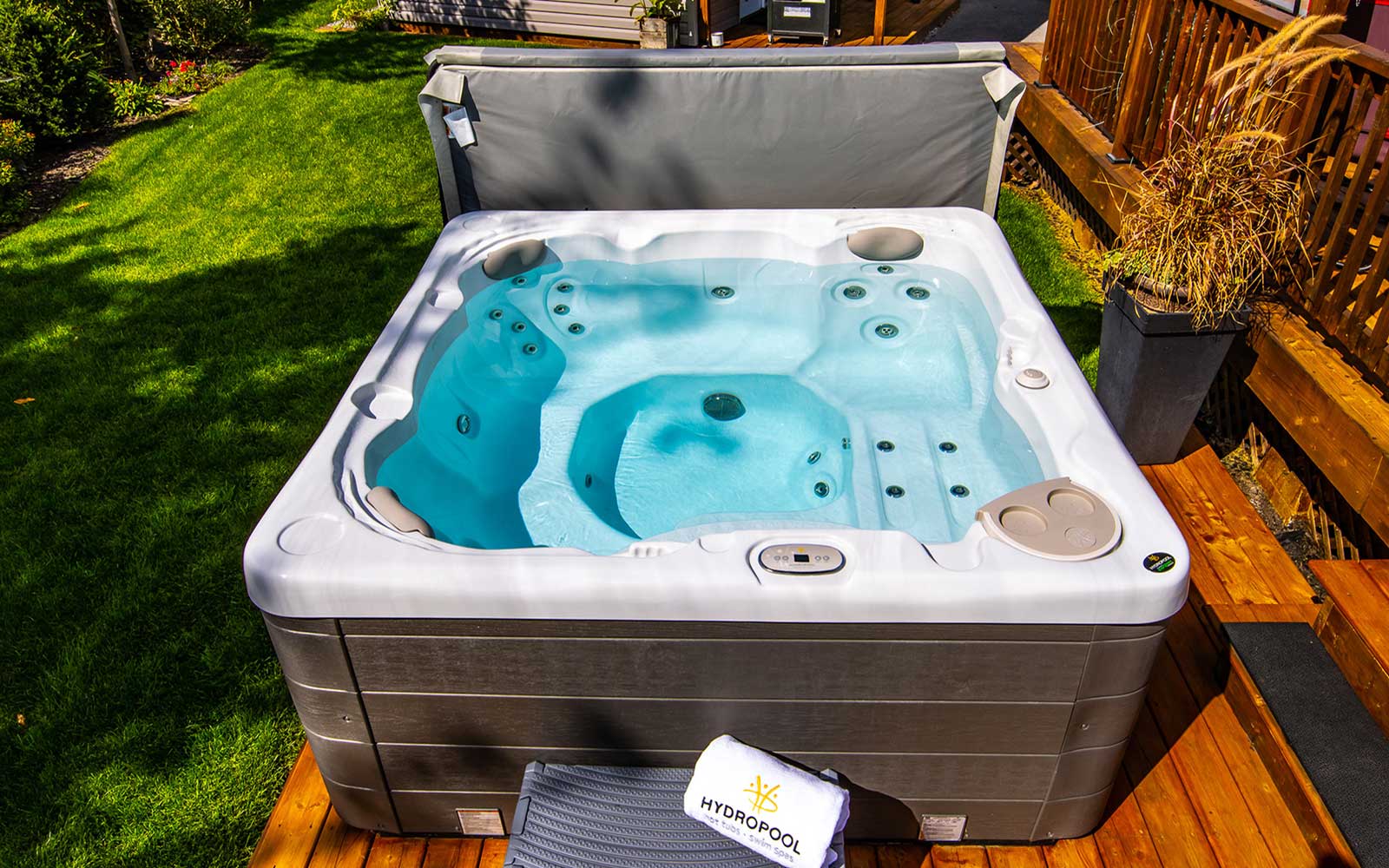
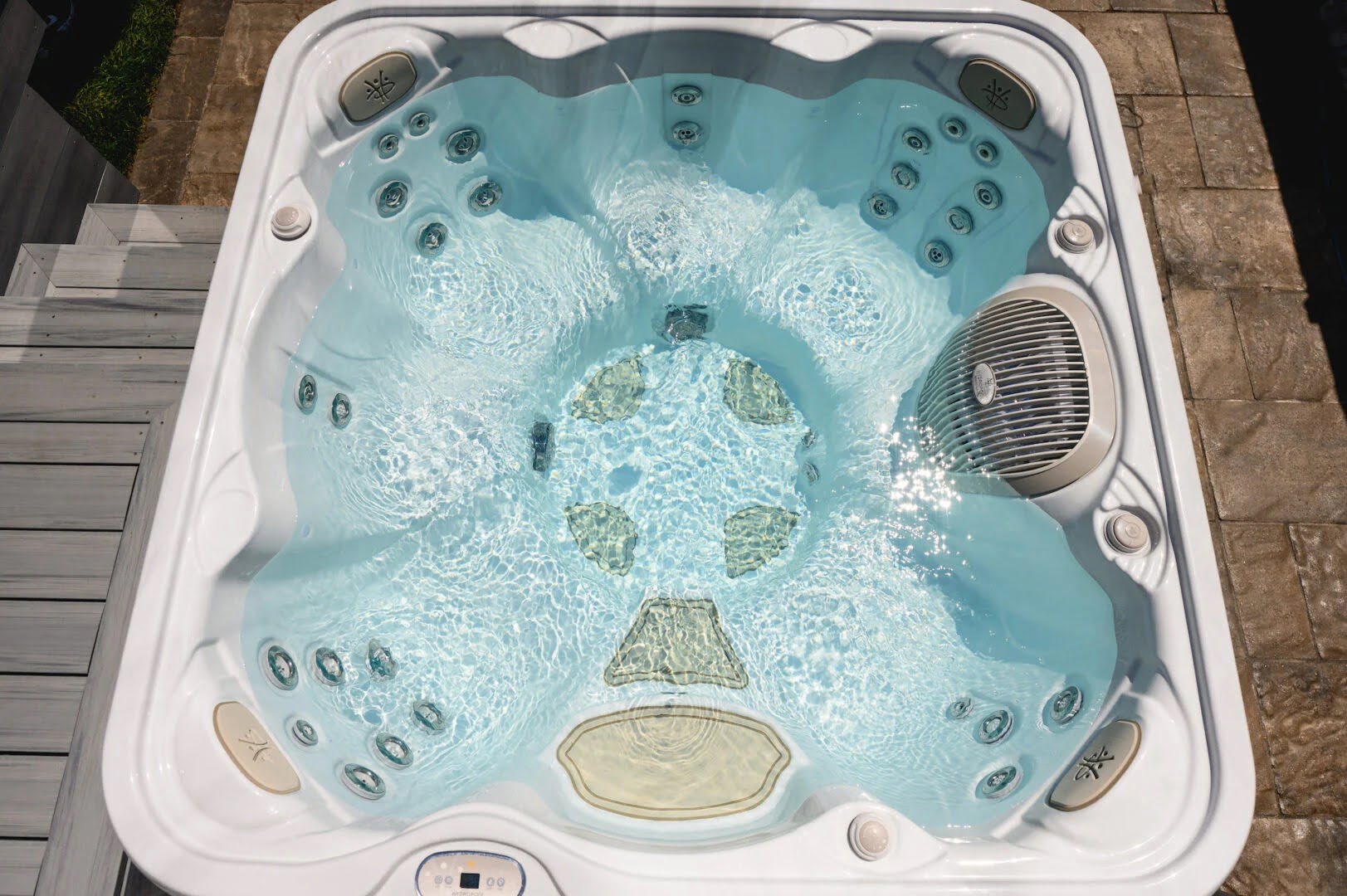
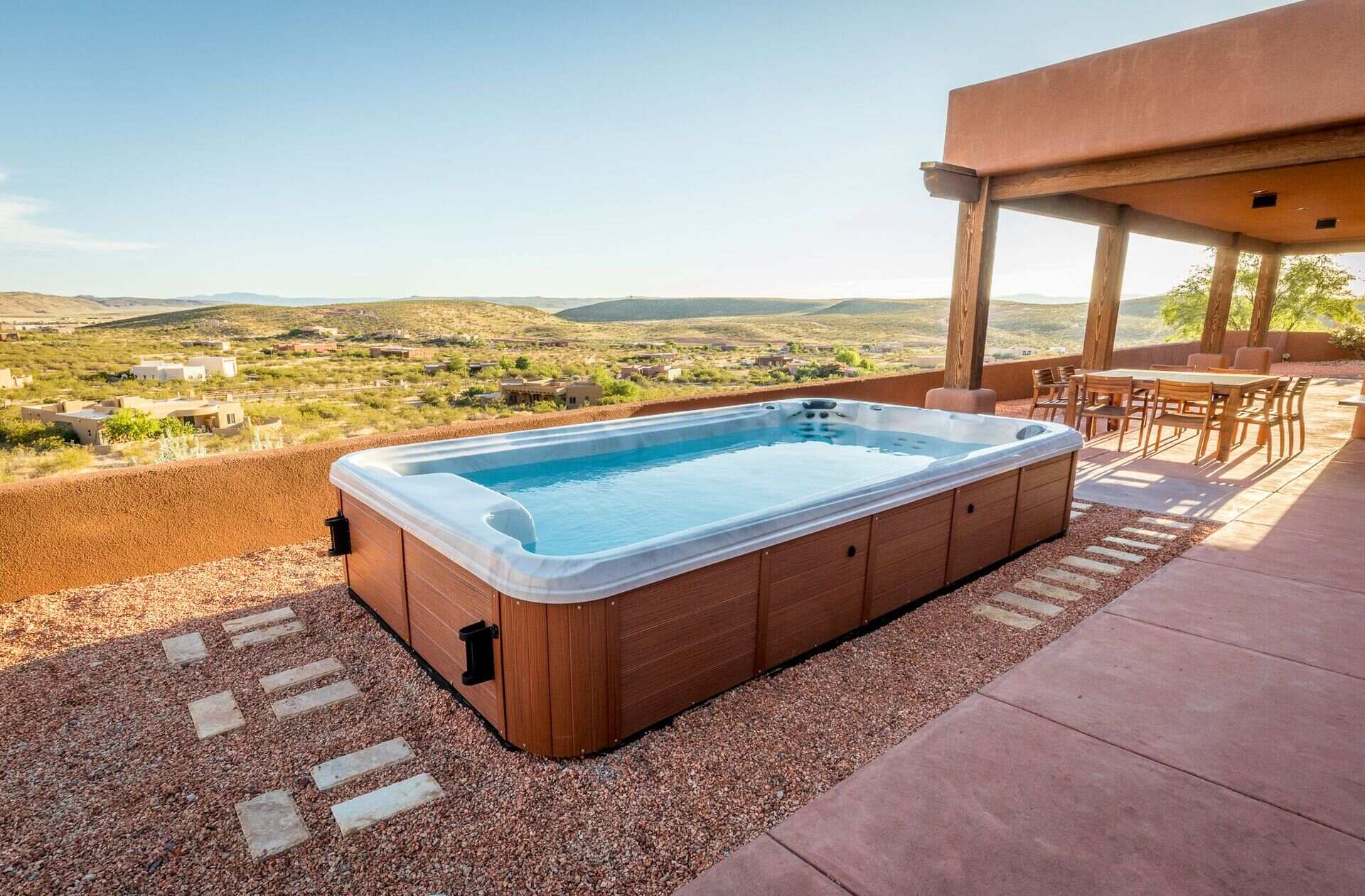
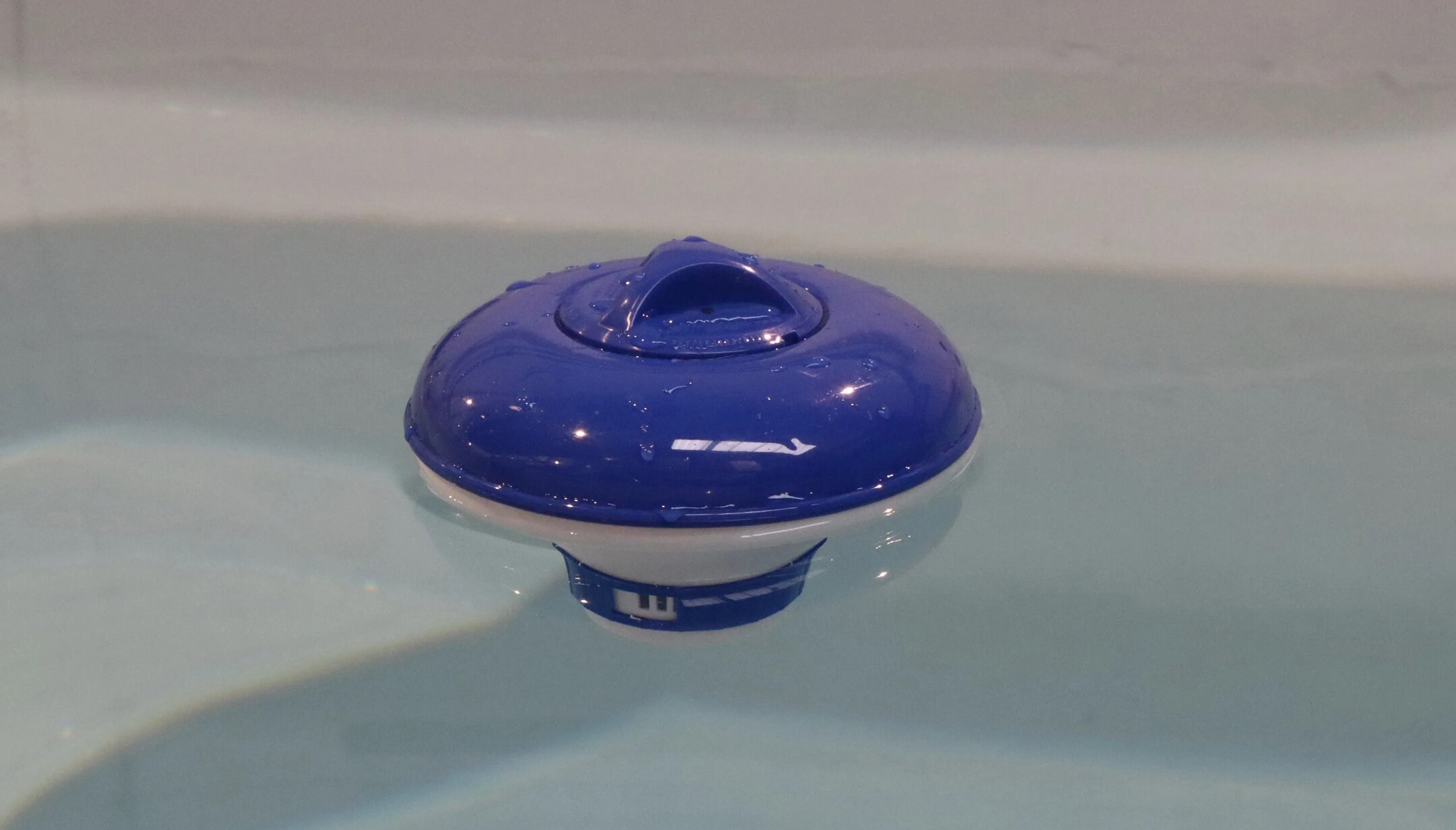
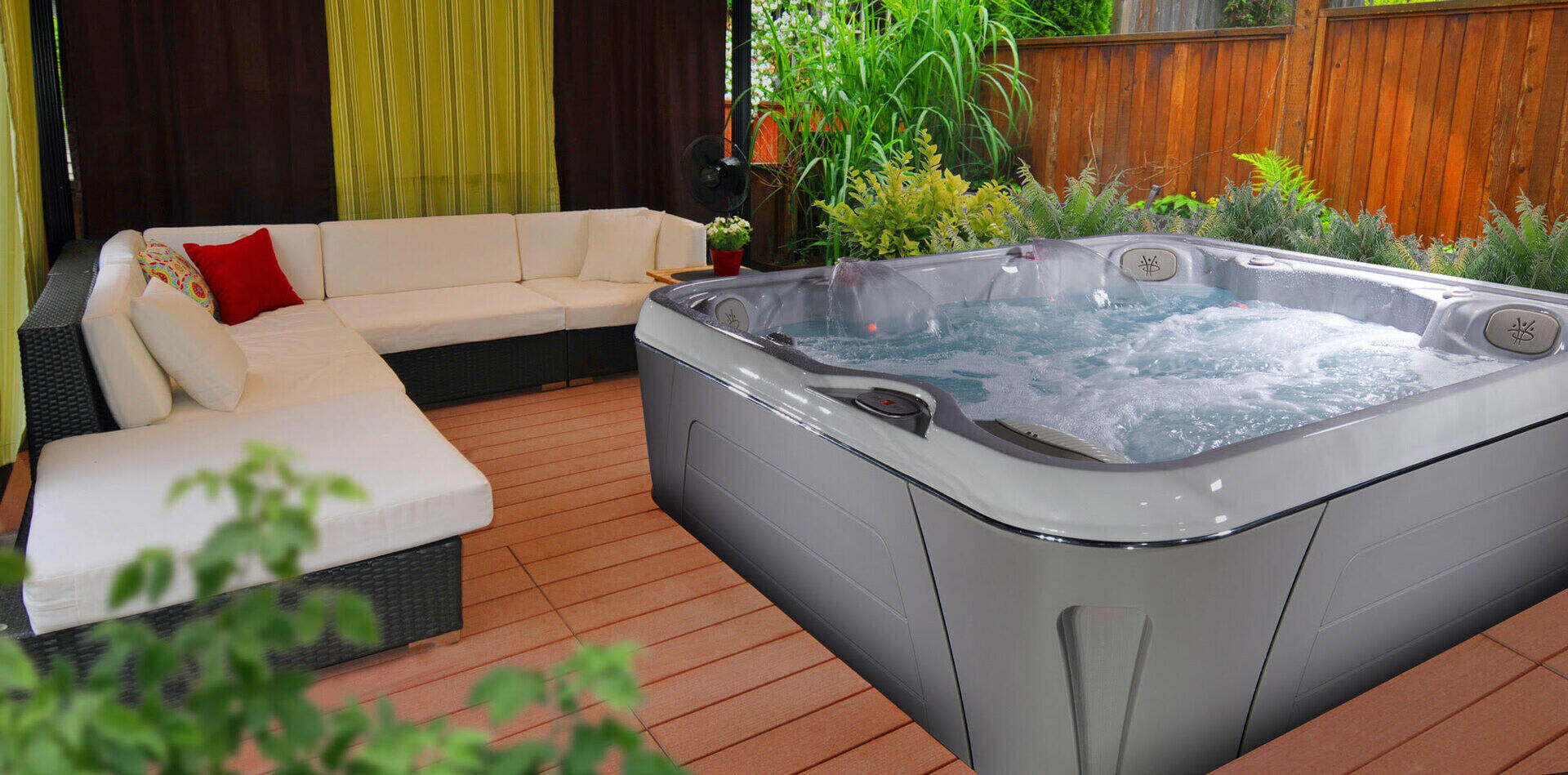
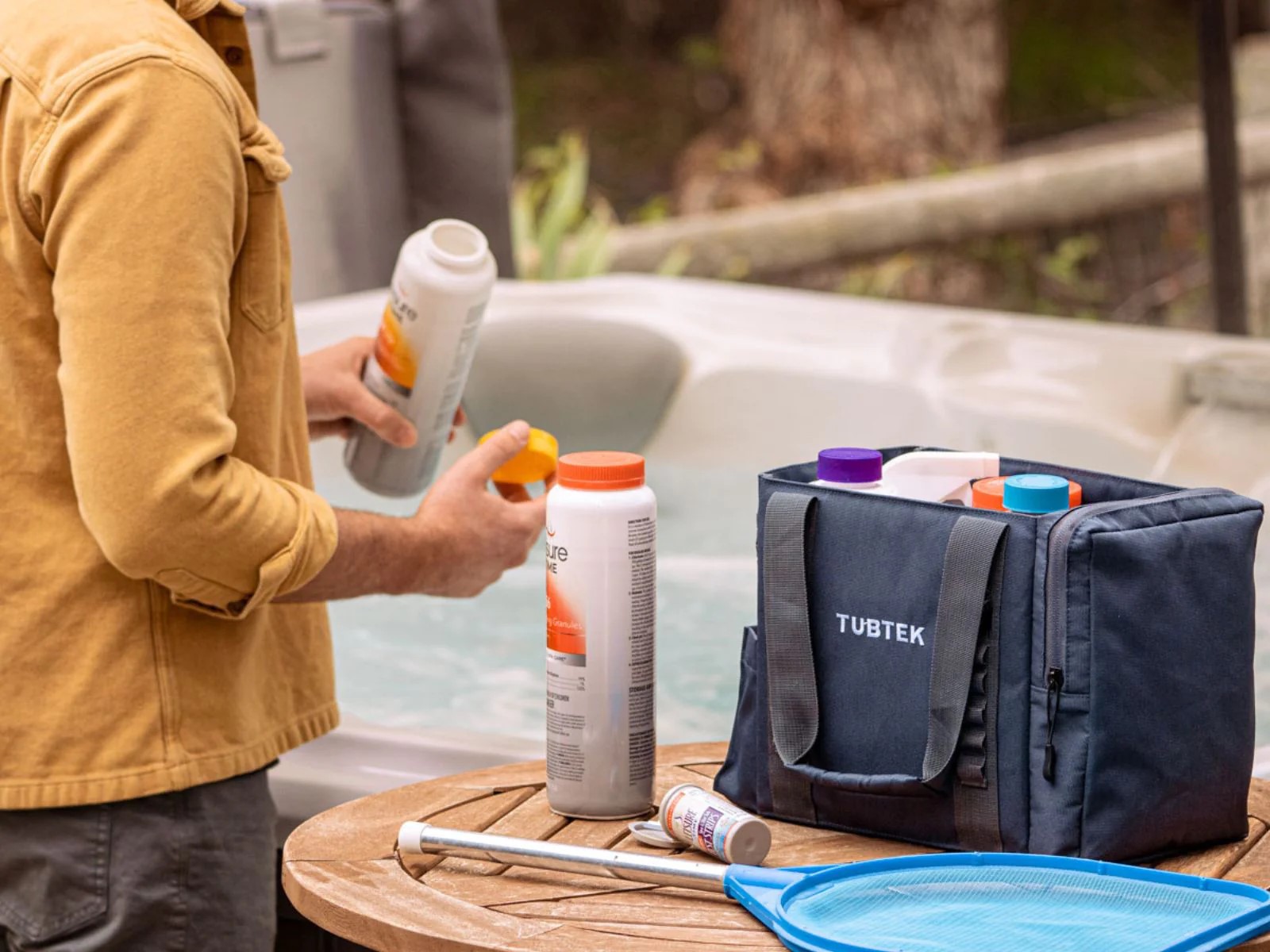
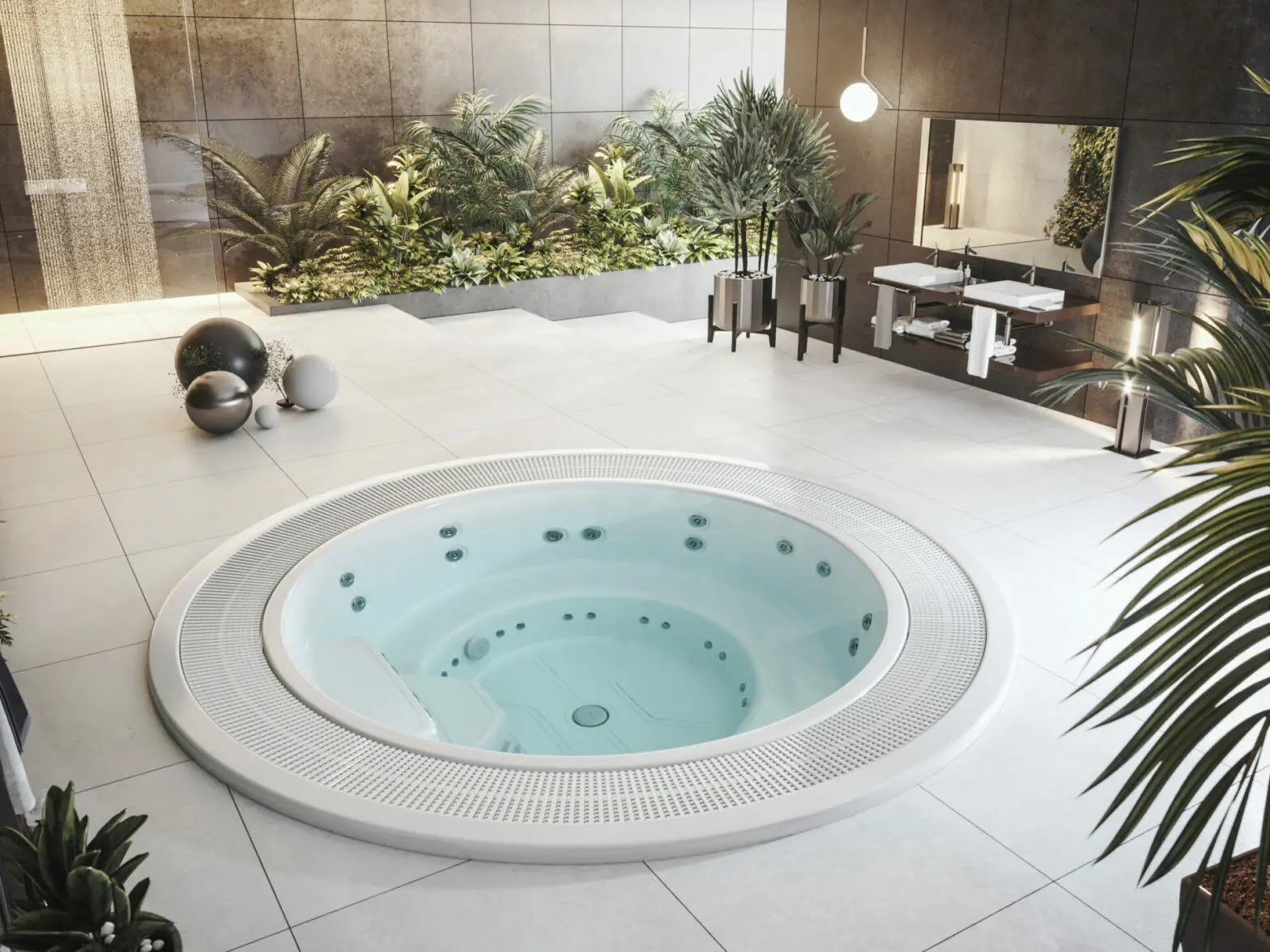
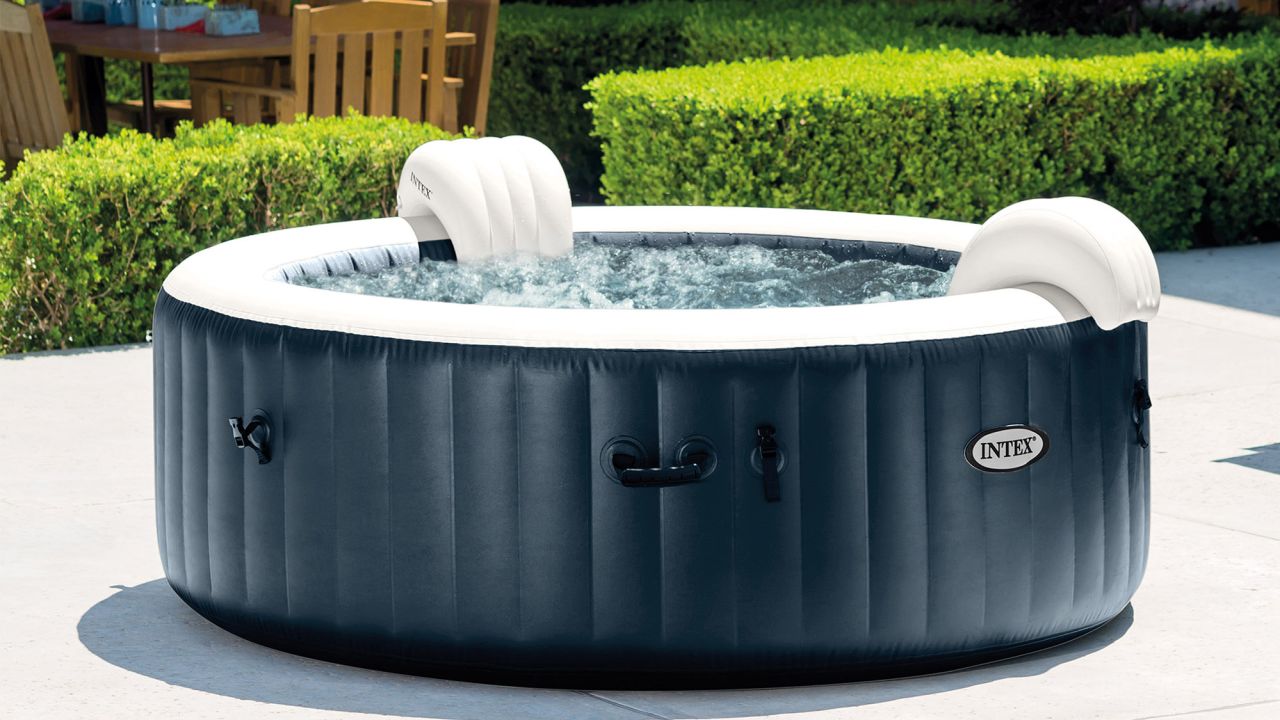
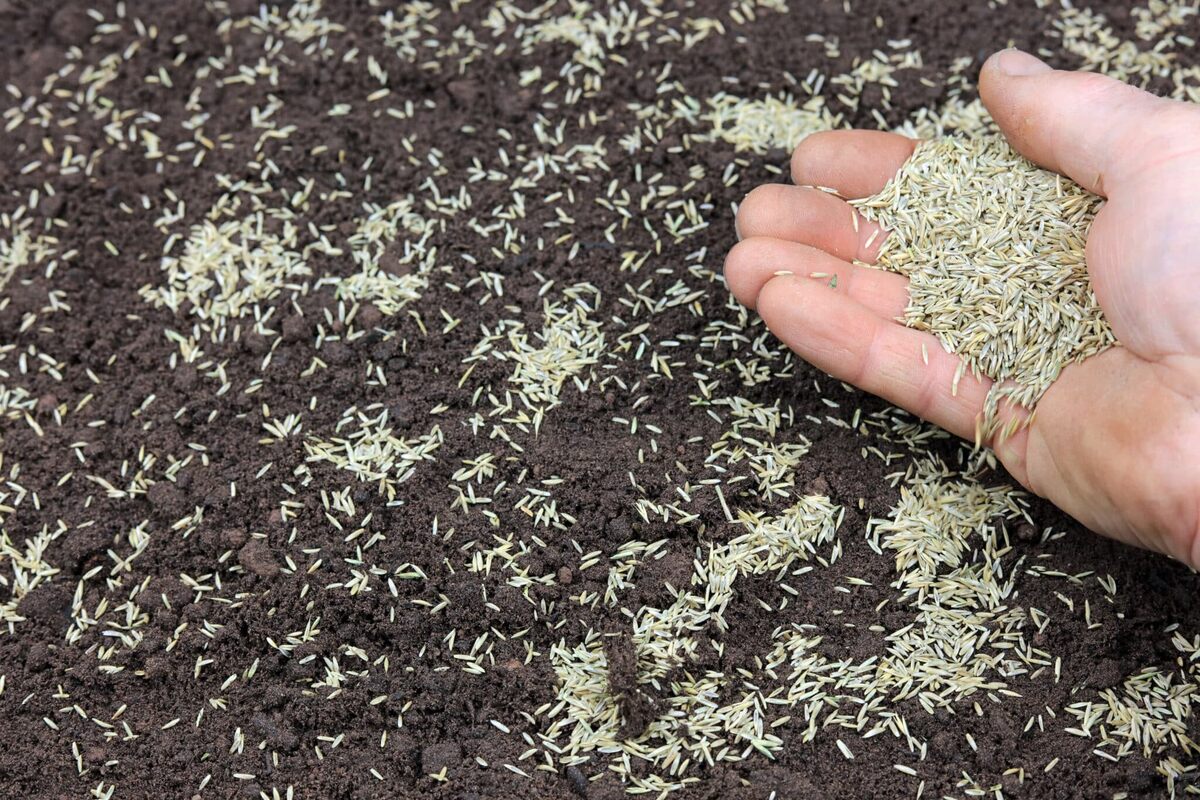
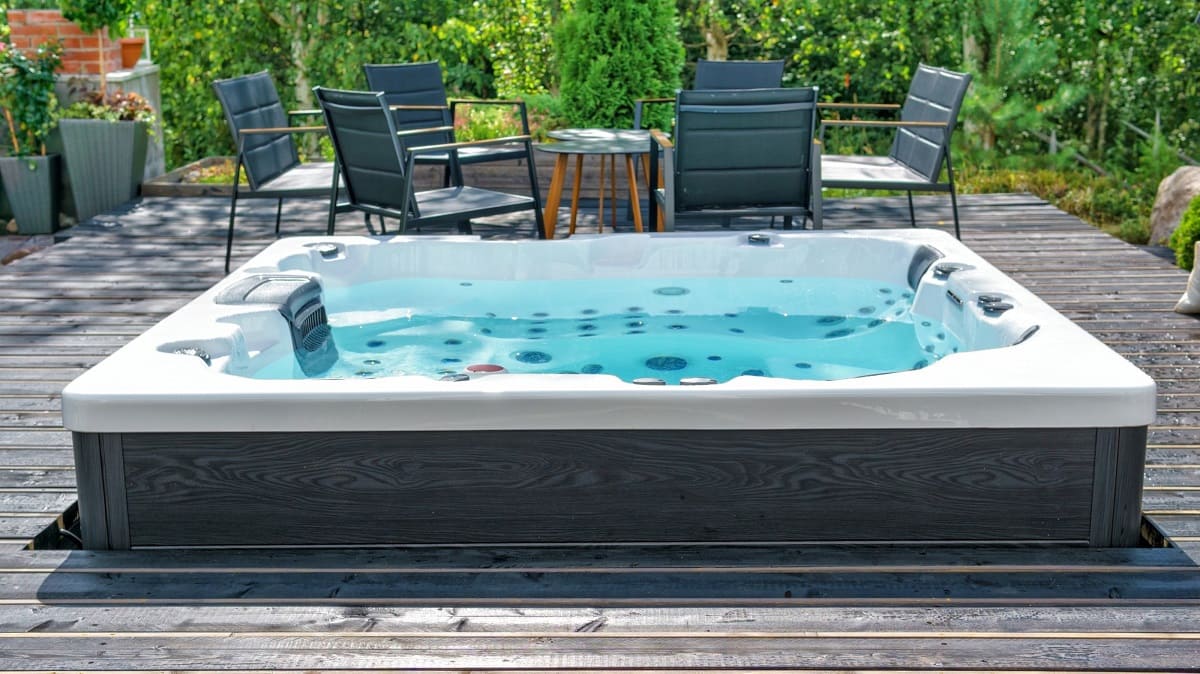
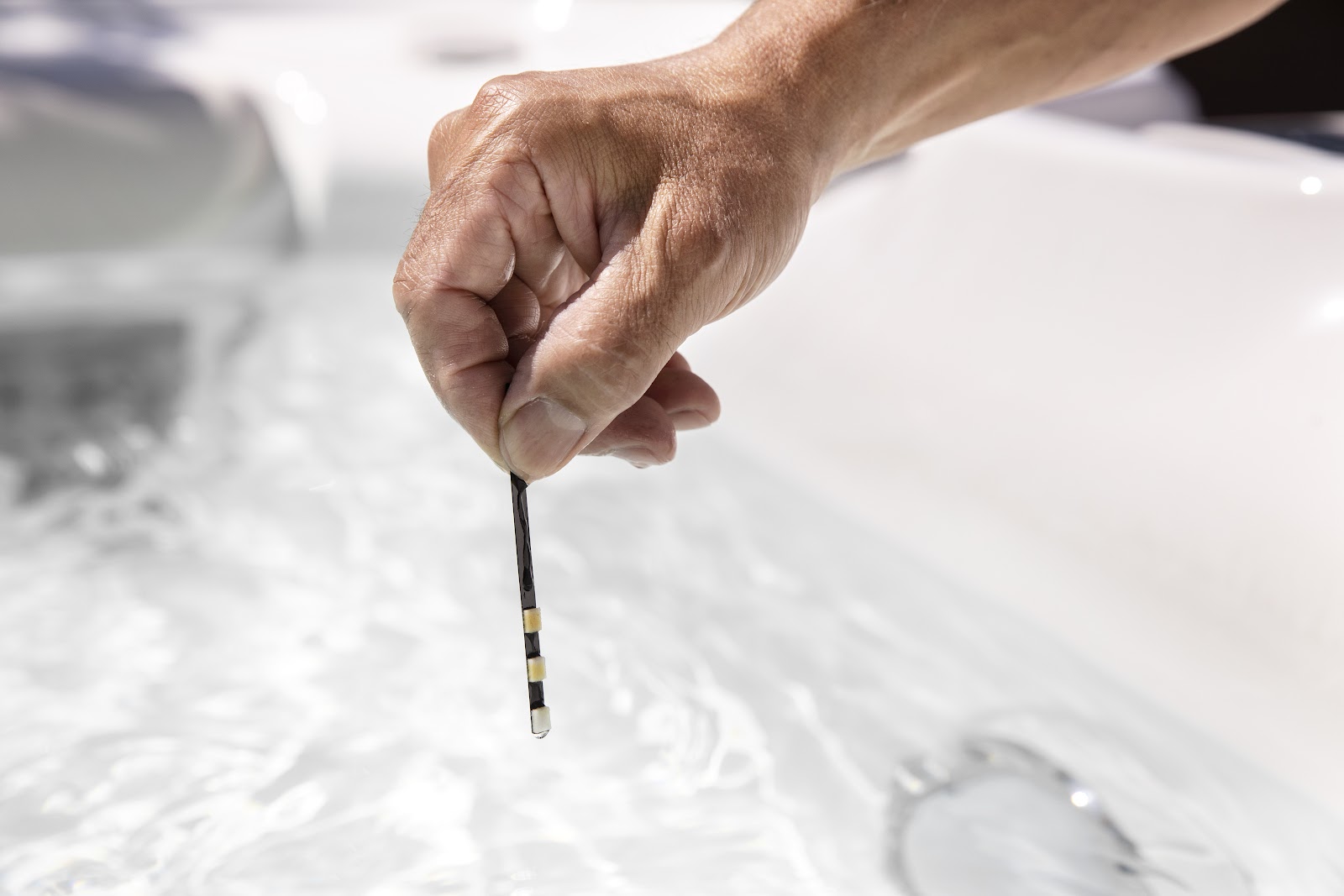
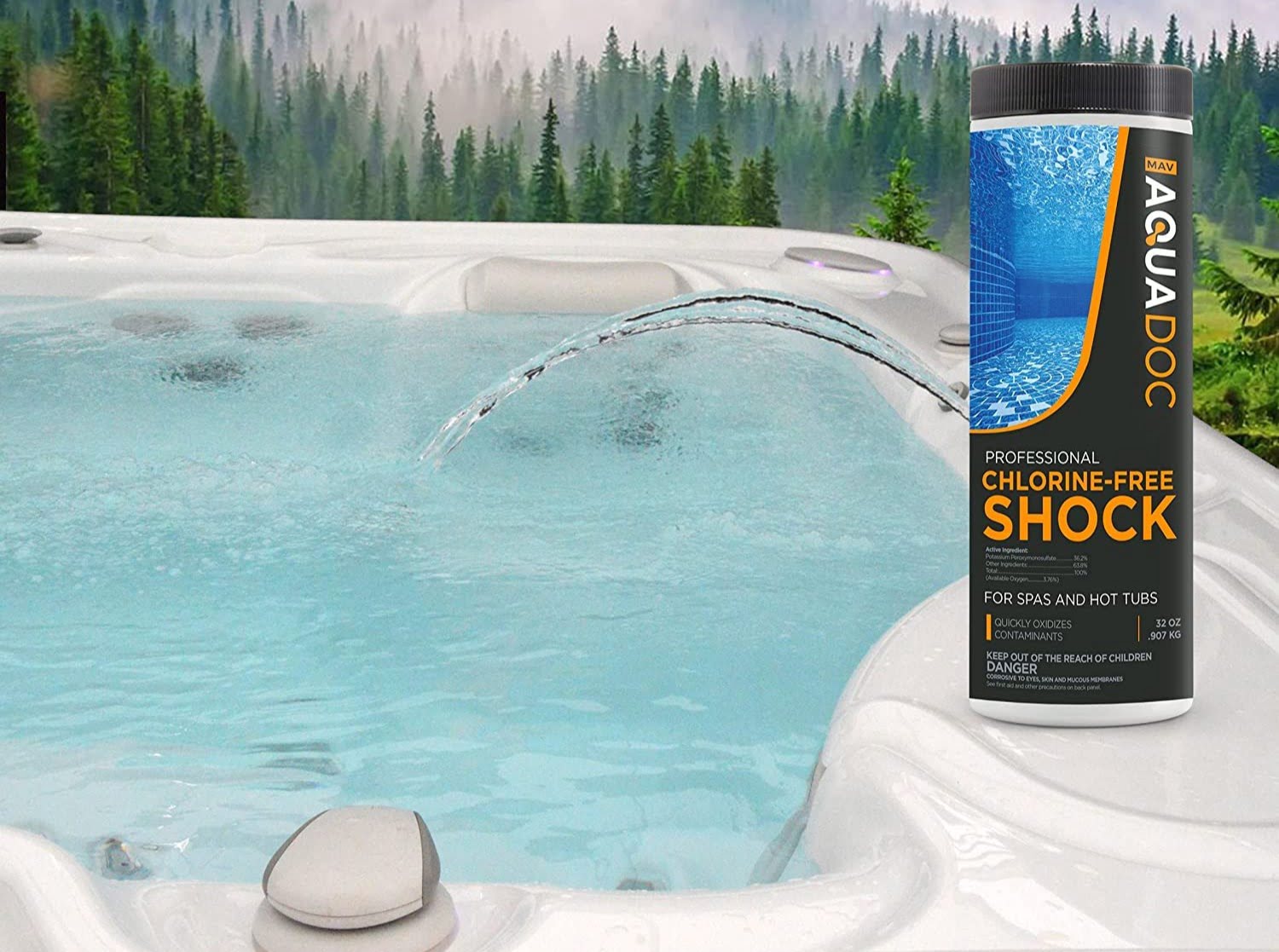
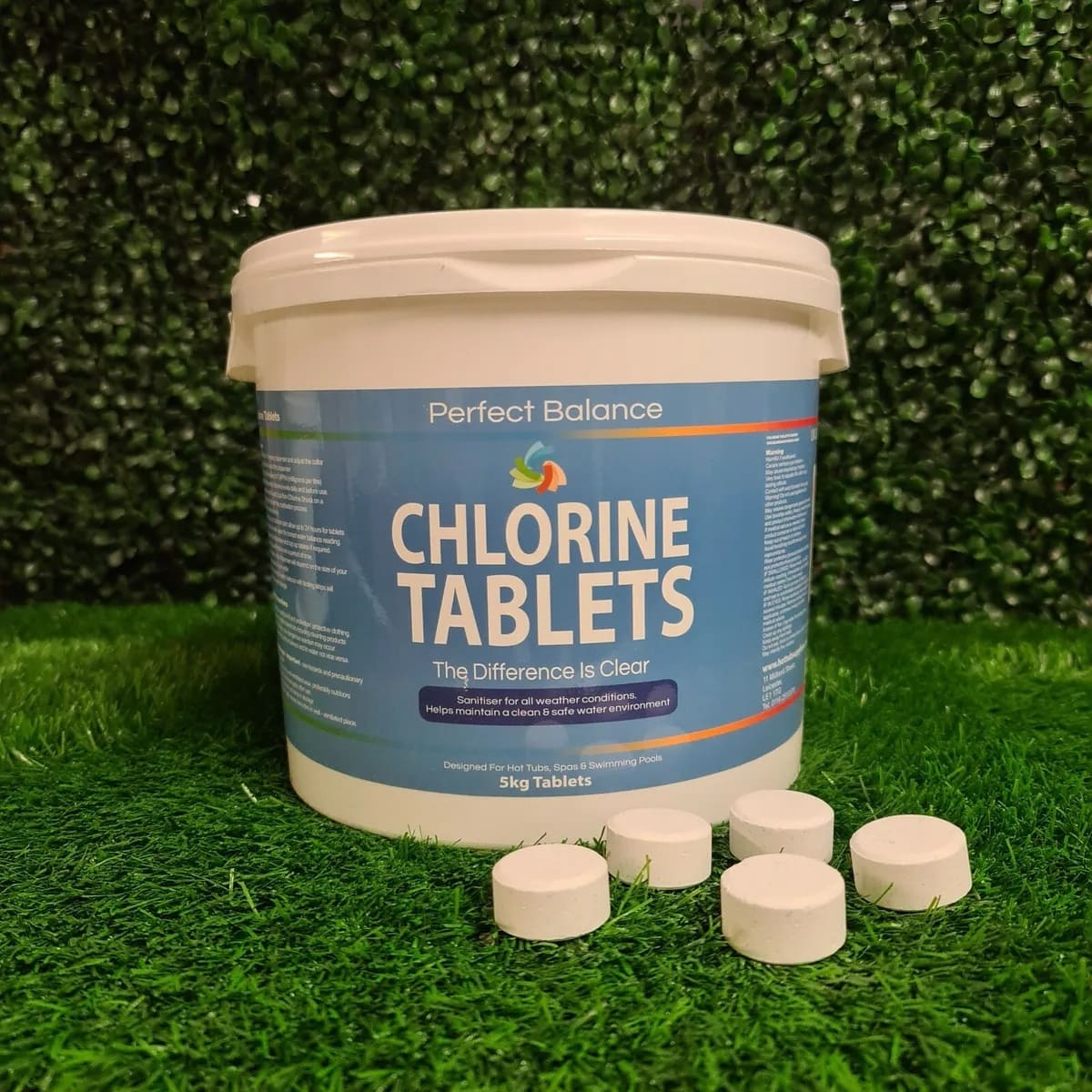
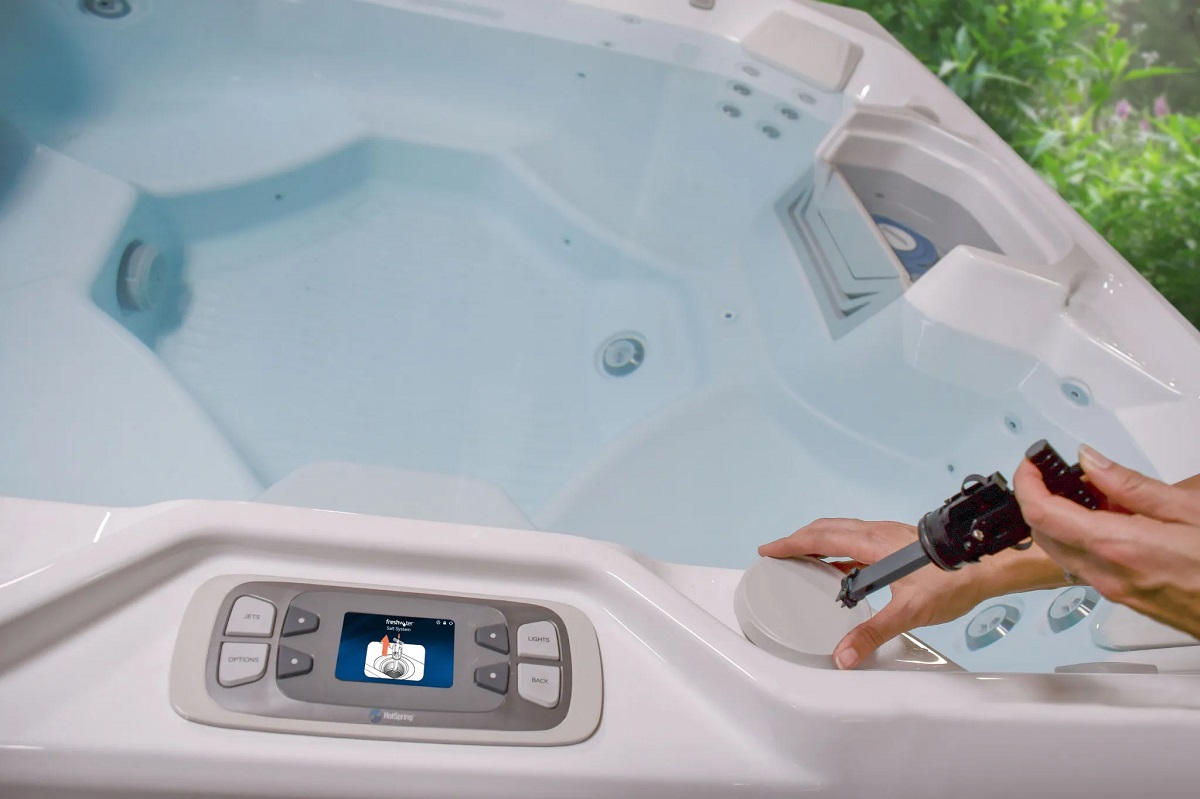

0 thoughts on “What If I Put Too Much Chlorine In My Hot Tub”